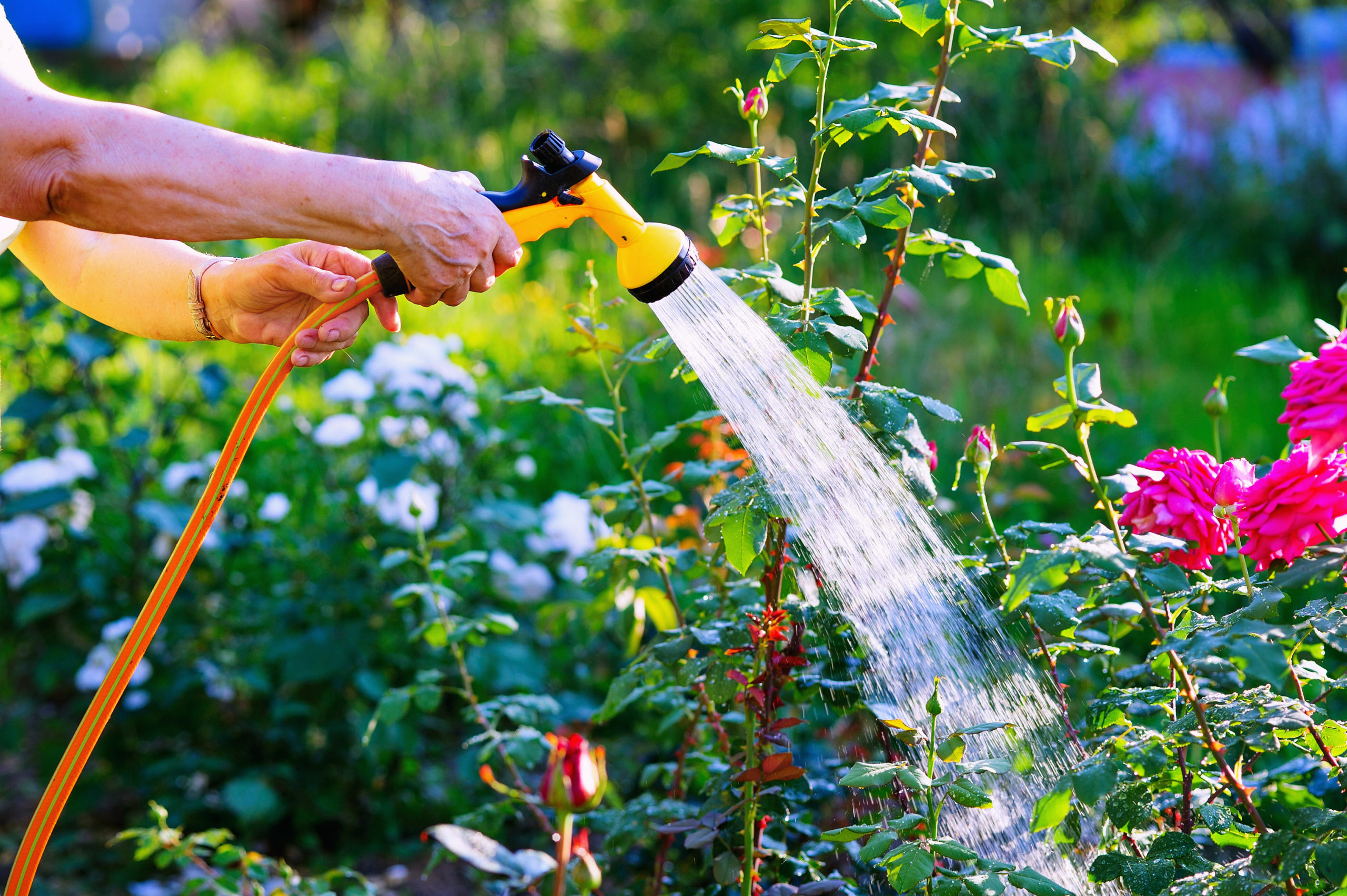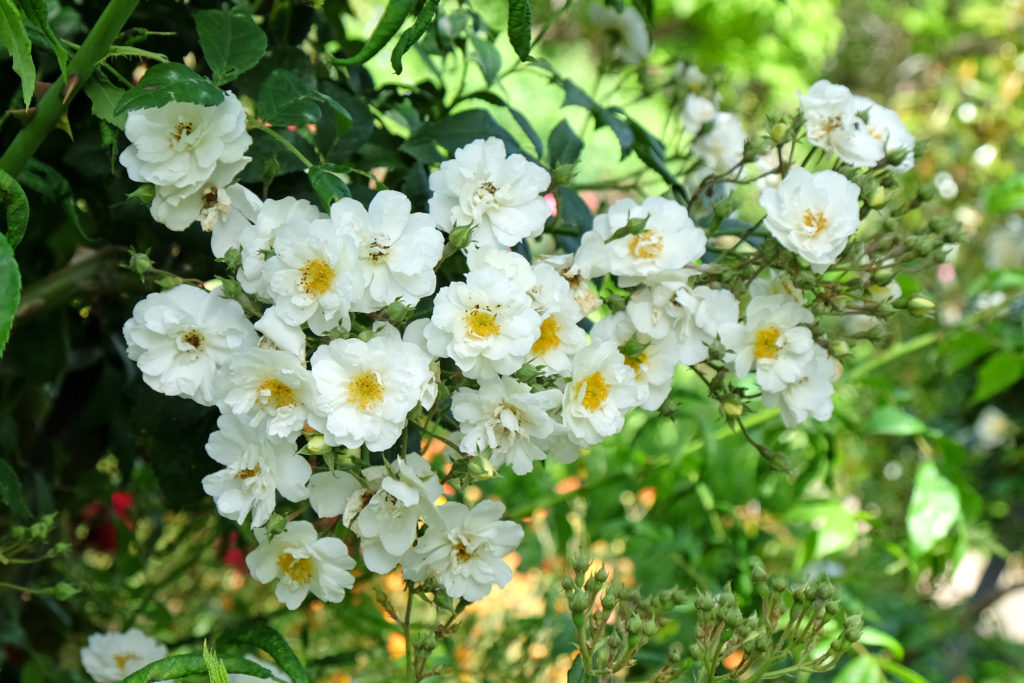Roses are known for their exquisite beauty and delightful fragrance, but to keep them thriving, proper watering is essential. Providing the right amount of water at the right time ensures strong root development, vibrant blooms, and disease resistance. This guide explains the best practices for watering roses to maintain health and beauty.
Roses require a consistent supply of moisture to support their growth, but they also need well-drained soil to prevent waterlogging. The key to successful watering is to provide enough water to reach the roots without creating excessive moisture that can lead to fungal diseases. Generally, roses need about one to two inches of water per week, though this can vary depending on climate, soil type, and plant age.

The best time to water roses is in the morning, as this allows moisture to be absorbed throughout the day while preventing excess dampness overnight, which can encourage fungal infections. Watering at the base of the plant, rather than from overhead, helps to keep the foliage dry and reduces the risk of diseases such as black spot and powdery mildew.
Different methods can be used to water roses effectively. A soaker hose or drip irrigation system is ideal as it delivers water directly to the roots while conserving moisture and reducing evaporation. Hand watering with a watering can or hose is also effective, as long as the water is applied slowly to allow deep penetration into the soil. Avoid sprinklers, as they tend to wet the foliage and increase susceptibility to disease.
Soil type plays a significant role in how often roses should be watered. Sandy soils drain quickly and may require more frequent watering, while clay soils retain moisture for longer and need less frequent watering.
Young rose plants require more frequent watering than established ones, as their root systems are still developing. Newly planted roses should be watered deeply two to three times per week to encourage strong root growth. Established roses generally need deep watering once or twice per week, depending on weather conditions. During hot or dry periods, more frequent watering may be necessary to prevent stress and dehydration.
Overwatering and underwatering are common issues that can impact rose health. Overwatering can lead to root rot, yellowing leaves, and weak growth while underwatering can result in dry, crispy leaves and reduced flowering. To check if a rose plant needs water, gardeners can insert a finger into the soil about two inches deep. If the soil feels dry, it is time to water. If it is still moist, waiting a day or two before watering again is best.
Proper watering techniques are essential for maintaining healthy roses. By understanding their moisture needs, using effective watering methods, and adjusting based on soil type and climate, gardeners can ensure their roses remain strong, resilient, and full of beautiful blooms. With careful attention to watering practices, roses will continue to thrive and enhance the beauty of any garden.


